Raining Compost?
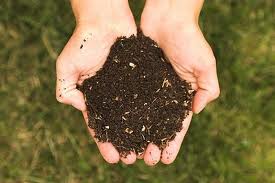 What on earth is that supposed to mean!?
Well, not really RAINING Compost. But I got your attention, didn’t I? We are talking about using it, and mulch.
What on earth is that supposed to mean!?
Well, not really RAINING Compost. But I got your attention, didn’t I? We are talking about using it, and mulch.And how does it have anything to do with rainwater harvesting? Ok, let’s look at the purpose(s) of harvesting rain:
- it’s free (aside from the cost of storage, see below)
- it conserves fresh drinking water for that purpose.
- to put it back into the ground vs. runoff (i.e. non-point pollution)
- to reduce demand on groundwater aquifer/ municipal supply
- plants like rainwater better than tap (it is naturally soft water)
- better for washing car, dog, etc. for same reason
- Areas without access to a well or other water supply
- it feels good. be a part of nature, rather than apart from it.
So for at least #2, 3, 4, and 8, they share a purpose
 Because if your garden or landscape can hold more moisture, it needs less irrigation…
Because if your garden or landscape can hold more moisture, it needs less irrigation…
…see where I’m going with this?
 Alrighty then. We don’t sell compost bins here for the same reason we don’t sell big tanks or barrels: You can make your own easily using local materials, saving shipping costs and energy spent in the process.
Alrighty then. We don’t sell compost bins here for the same reason we don’t sell big tanks or barrels: You can make your own easily using local materials, saving shipping costs and energy spent in the process.
Of course, a family of four doesn’t fill up this size bin too quickly. Which is nice unless you really want a larger amount of compost and don’t want to wait four years for it. What then? Oh, here you go:
 Left is our local county compost site. Residents bring leaves, grass clippings etc., we pay taxes for them to turn it into compost for us. Then we buy the compost. These exist in most counties with a sizable population.
Left is our local county compost site. Residents bring leaves, grass clippings etc., we pay taxes for them to turn it into compost for us. Then we buy the compost. These exist in most counties with a sizable population.
If not, head to your local landscape supply store or yard.
 the price? usually around $2/bag or if you have a truck or trailer, it is definitely worth a trip to the compost site– only $5 for a full cubic yard (3′x3′x3′), which amounts to about a bathtub full!
the price? usually around $2/bag or if you have a truck or trailer, it is definitely worth a trip to the compost site– only $5 for a full cubic yard (3′x3′x3′), which amounts to about a bathtub full!
(check your local supplier for actual prices and please don’t dump it in your bathtub… just trust me.)
and no, we have nothing compost-related to sell you. just trying to help.. 
Speaking of selling and prices, check out the link on the ‘Blogroll’ to the right for a lively discussion about the rain barrel (‘Points to Ponder…’).
And this leads directly to what we are doing.
Rain barrels, on their own, are not a viable overall solution to water conservation. This is fairly evident, especially to those who own one.
“But they look so nice, can’t I get a bunch of them?”
 You’ll have to check with your local neighborhood associations to see if there are restrictions, but yes.
You’ll have to check with your local neighborhood associations to see if there are restrictions, but yes.
In fact, for most homes about 4 or 5 at each downspout would make a decent impact on runoff reduction from your roof.
*reminder: we are not selling barrels here. and here’s why:
As a designer (or as anyone, for that matter), it is difficult to hide 15 or 20 barrels in a small city lot. But when you get over 600 gallons just from the garage roof in a 1″ rainfall, this begins to make sense.
But aesthetics aside, would that make economic sense?
This is the dividing line between most of the pro- and anti-rain barrel advocates out there, and here is the answer:
- if you can get barrels cheap enough (less than $1 or so per gallon)
- and local and reclaimed, it would seem to pay off.
- Don’t stop there, however, because combining
- other forms of conservation (i.e. swales, rain gardens,
- a change in everyday use…) will have a
- compounding effect on reducing your water footprint…
(check out our latest blog about swales for some more possibilities, and oh yeah, build a RainBench™ ! ![]()

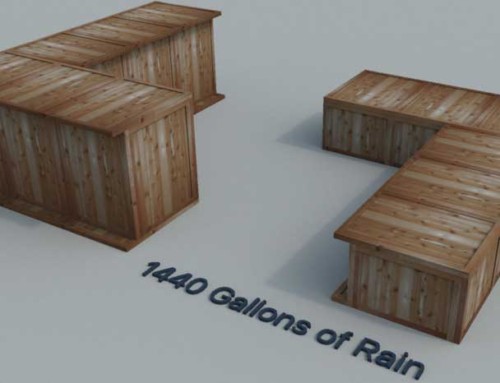
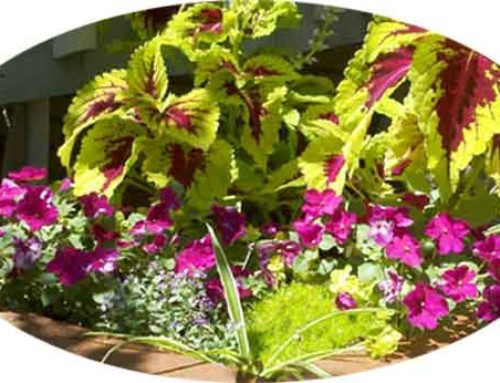
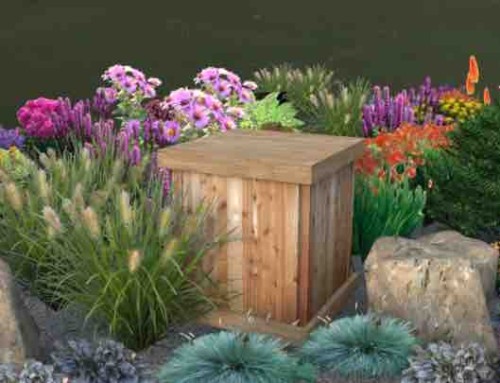
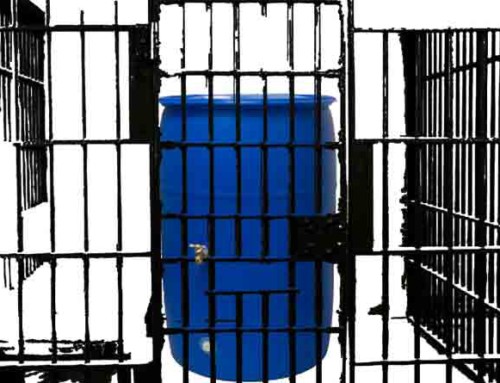
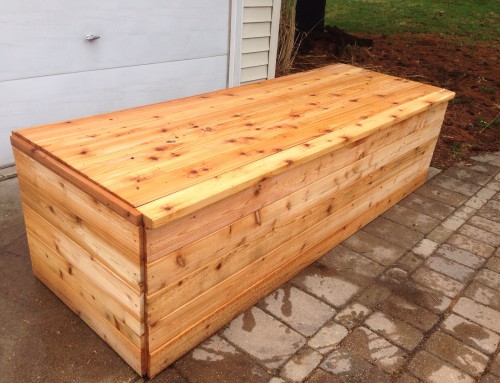

I know you do not sell composters but can you please tell me what company makes the kind you have pictured. The small one with the metal corners which hold boards. I have seen it pictured i one other place but I can’t find out who makes it. THanks.
Sheila
Trying to compost in Laramie, Wyoming elevation 7200 feet
Hi Sheila,
I found the corner brackets that you are looking for, the ones shown in the example above – they are $89 in the Lee Valley Tools annual 2011 garden catalog (it comes out each February, with supplements periodically):
http://www.leevalley.com/en/home/OnlineCatalog.aspx?id=4e7b8aed
Have fun composting up there in the clouds!
Cheers,
Scott